Some people who have participated in this challenge choose to categorize their choices (10 books by favorite authors, nonfiction/fiction, etc. but I had too many choices, so for my first try, I just chose my favorites.) PHEW! What a challenge it was. I thought and thought, and have come up with the following list. If you are an old fourth grade friend, you will recognize these titles! If you are new to this blog, I hope you find something to pick up and read!
1. Where the Wild Things Are, by Maurice Sendak
Winner of the 1964 Caldecott Medal, this is likely my most favorite picture book. Sendak's artwork fills every inch of the page, and illustrates the story of Max, who puts on his wolf suit, gets himself into trouble, and sent to his room. Max's room turns into a forest, where he becomes the KING of all wild things. When he realizes he wants to go home, he "returns home", and finds his dinner in his room, ..."and it was still hot".
2. The Dot, by Peter H. Reynolds
I love all of Peter H. Reynolds' books! In this book, Vashti realizes that everyone has a creative spirit. I love the message in this book, and how Vashti grows throughout the story. I have goosebumps at the end of the book, when the story comes full circle.
3. Aunt Chip and the Triple Creek Dam Affair, by Patricia Polacco
What a message in this book! I love Patricia Polacco, but this is a favorite.
This story tells of a town that has become obsessed with television. The townspeople have slowly abandoned books for TVs and TVs have even begun teaching the students. (Can you imagine?!) The worst part? Books have been used around town- as stairs, to mend roofs, and many other "un-booklike" tasks. When one boy learns to read, he begins to teach others, and the love of reading comes full circle. One of my all time favorites.
4.
Don't Let the Pigeon Drive the Bus, by Mo Willems
What can I say about this pigeon? He (she?) is unrelenting in his pursuit of driving the bus. I love this book to teach dialogue, but also to teach inferring- as you can truly tell the pigeon's emotions from the speech bubbles.
5. The Art Lesson, by Tomie dePaola
In this book, a young Tommy is so excited to start school. He knows he wants to be an artist when he grows up, and can't wait to meet the art teacher. When he starts kindergarten, he is so disappointed by the paint and art projects that he is given. He knows he can be a wonderful artist if he is given the chance. Of course, he is given the chance, and things turn out well for Tommy. I like to think of this book as a snapshot memory of the author, Tomie.
6. The Junkyard Wonders, by Patricia Polacco
Another book from Patricia Polacco. Truth be told, I could have chosen all of her books for this list. Her books are written like a personal narrative ~ wonderful to teach that genre of writing, or to teach realistic fiction. Ms. Polacco shares the main character, Trisha's struggle with learning to read. When Trisha enters a classroom, she learns that she is in a special class for children with learning struggles. The other children call her classroom "the junkyard". What a message to share with my students. Similar to Thank You, Mr. Falker, this book shares the point of view of someone who struggles with something at school ~ something everyone can relate to.
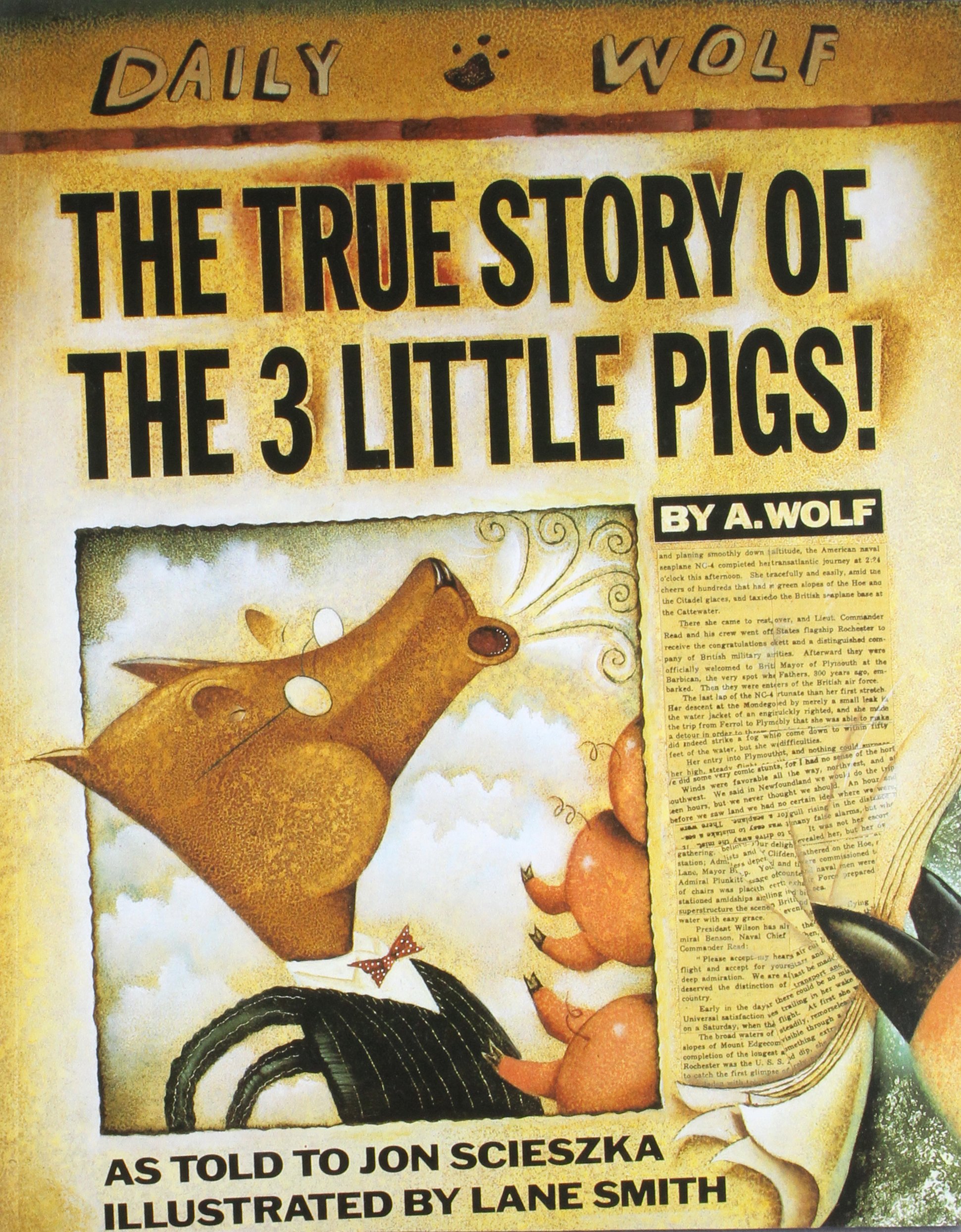 7. The True Story of the Three Little PIgs, by Jon Scieszka
7. The True Story of the Three Little PIgs, by Jon ScieszkaIf you haven't read this story, pick it up and give it a try. This is a different take on the old fairy tale, The 3 Little Pigs. I love this book because it is a wonderful way to teach point of view. Of course the wolf has a different take on the story-and in this book, he is innocent!
8. Click Clack Moo, Cows that Type, by Doreen Cronin
This story is told using traditional text and letters. The cows find an old typewriter in the barn, and begin to send letters to Farmer Brown, with demands for better conditions in the barn. I love to read this story aloud, and the students enjoy it as well. If you would like to read this book online, you can find it here.
9.Actual Size, by Steve Jenkins
This book is relatively new to me, but I love it! The illustrations in this non-fiction book are drawn to scale, showing the ACTUAL SIZE of each animal listed. From giant squids to brown bears, you will love the illustrations and learning a little about each animal.
10. Tuesday, by David Wiesner
This is a wordless picture book that tells the fantastical story of what happens one Tuesday night. Something unusual takes place in the pond. I love to use this book throughout the school year, first to review genre and inferring, and then to write creative text to accompany the illustrations. I love the illustrations, and I know you will too!
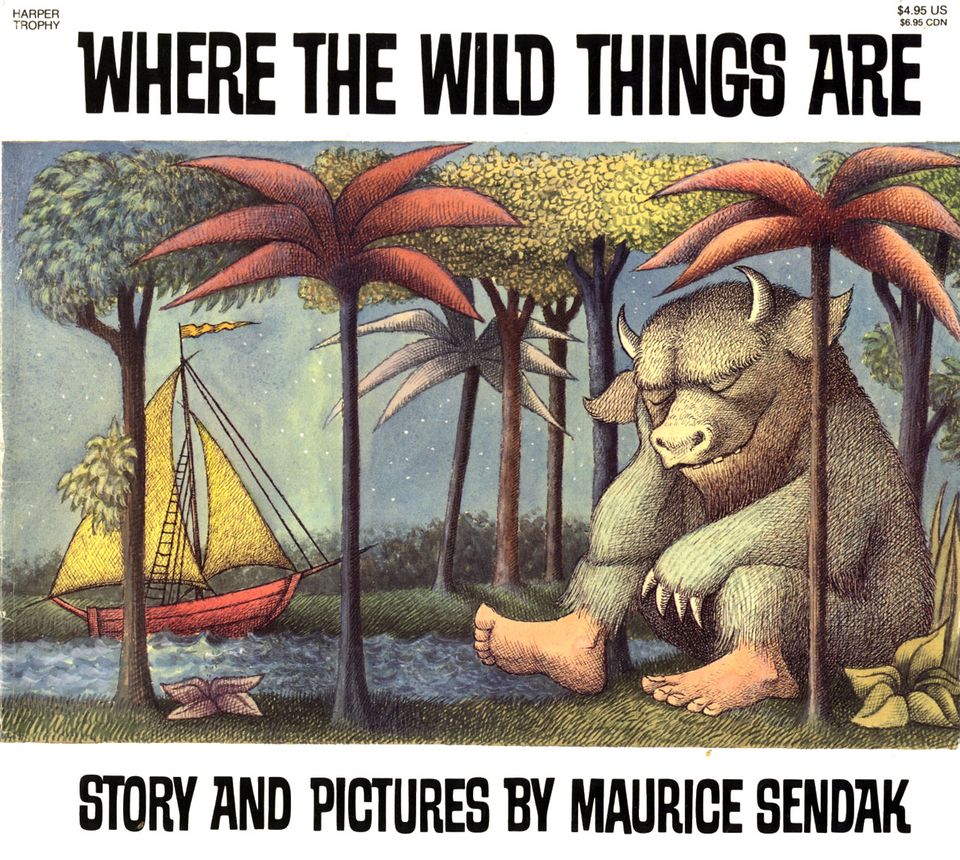


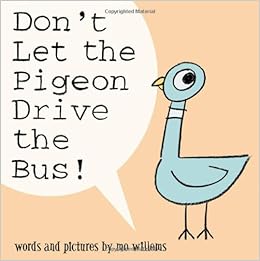

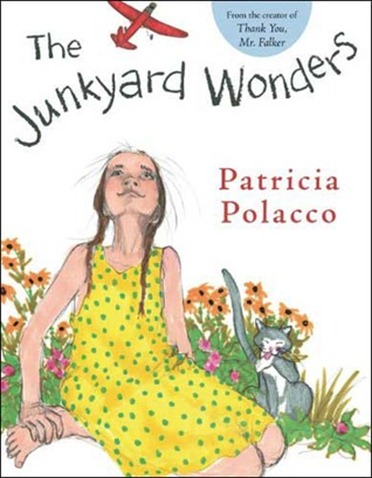

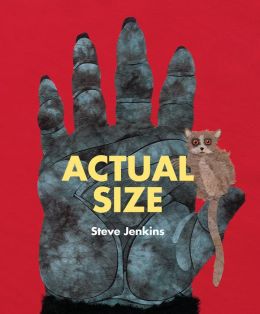











Lots of great choices, wow! Love reading aloud The True Stories of the Three Little Pigs. Haven't heard of Actual Size - sounds like a really cool book. Thanks for sharing!
ReplyDeleteYou have some true favorites here! It's never easy to narrow to 10, but you did it! Welcome to the event. We're glad to have you participate in the conversation.
ReplyDeleteCathy
Don't Let the Pigeon Drive the Bus is a hilarious book filled with funny scenes
ReplyDeleteYour Student Daniel